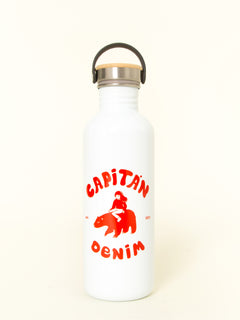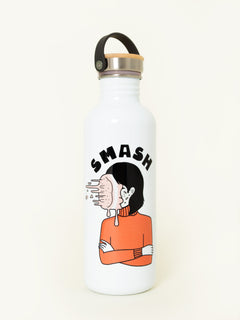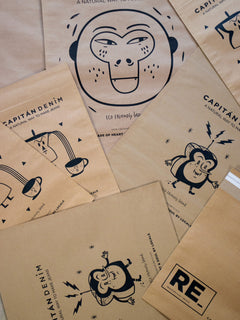What is the production process of recycled cotton?
That recycled cotton is one of the most sustainable and environmentally friendly fabrics is no secret, but what do you know about its production process?
The conversion of cotton fabric into fibers that can be reused to produce new textile products results in the fabric we know as recycled cotton . This is generated mainly by 2 sources: pre-consumer, which includes the remains of fabric discarded at the time of cutting and making textile products, and post-consumer, which are the garments themselves already used, whose cotton fibers will be reused to create the aforementioned recycled cotton.
Most recycled cotton is produced through a recycling process that is mostly mechanical.
First, the pre-consumer and post-consumer product is selected and classified and all this fabric is put into a machine that grinds it until it becomes yarn, and later raw fiber. The raw fiber is spun into large reels, to be reused later in the production of new fabrics that maintain the same quality and durability as conventional cotton.
In the case of recycled cotton jeans , that raw fiber we are talking about will be used to create the denim itself -cowboy fabric- that will later take the form of pants. The pre-consumer and post-consumer product used in the production of said fabric must also be denim.
It is interesting to know that by reducing the use of virgin cotton, in the production of recycled cotton fabrics, a significant amount of water and energy is saved, and, in addition, fewer CO 2 emissions are produced. We could say that by using recycled cotton, we take care of the planet!
One of the great benefits of recycled cotton is, without a doubt, to give a second life to the tons of fabric that would not be used in any other way and would end up accumulating in the bottom of your wardrobe.
Did you know the production process of recycled cotton?




